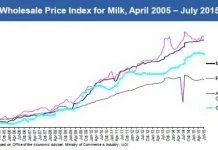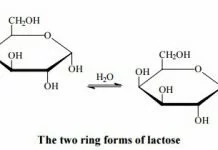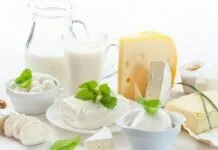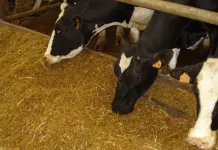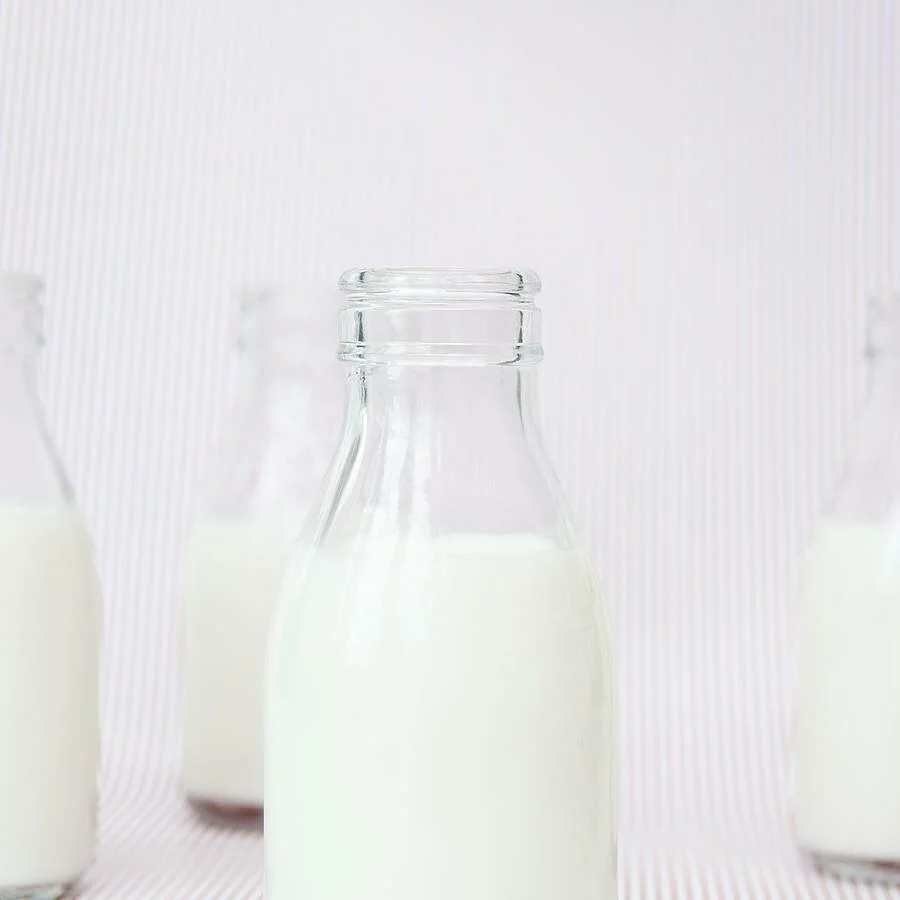Source: dailykashmirimages.com
The conservation of the public health is a duty which is not peculiar alone to the medical profession. Among many factors which have a great influence upon the health of the individual there is none more potent than food. Eating is the chief industry of the human race. In our state of Jammu and Kashmir there are about four million wage earners, drawing about sixty four million Rupees a day. Of this vast sum fully three-fourths are applied to the purchase of food and its preparation. It seems to me therefore that a subject which monopolizes three-fourths of the energies of the human race is one which is well worth of discussion, and especially among a body of physicians, Food Safety Professionals (Food Safety Officers & Designated officers) who have banded themselves together. Not particularly for the curing of disease, but for the more beneficent purpose of conserving the public health.
Food adulteration has become a very common practice in our country particularly in the state of Jammu and Kashmir and we are consuming these foods almost every day, which have numerous harmful effects to our health.
Some common test that can done at home to check quality of milk
S.No Adulterant Method of detection
1. WATER
The presence of water in milk can be detected by putting a drop of milk on a polished slanting surface. The drop of pure milk either or flows slowly leaving a white trail behind it, whereas milk adulterated water will flow immediately without leaving a mark.
2. Starch
Add a few drops of tincture of Iodine or Iodine solution. Formation of blue colour indicates the presence of starch.
Note: Iodine solution is easily available in the medical stores.
3. Urea
Take a teaspoon of milk in a test tube. Add ½ teaspoon of soybean or arhar powder. Mix up the contents thoroughly by shaking the test tube. After 5 minutes, dip a red litmus paper in it. Remove the paper after ½ a minute. A change in colour from red to blue indicates the presence of urea in the milk
4. Synthetic milk
Synthetic milk has a bitter after taste, gives a soapy feeling on rubbing between the fingers and turns yellowish on heating
5. Detergent
Shake 5-10 ml of milk with equal amount of water. Lather indicates presence of detergents
6. Test for Glucose/inverted sugar
Milk does not contain glucose /invert sugar, if test for glucose with urease strip found positive. It means milk is adulterated
Milk is an especially touchy subject at moment with prices more than double than 2008, when a liter cost an average of Rs 16/= compared to Rs 35 /=today. The adulteration of milk and milk products is of greater importance, because milk is consumed from a new born , to a patient at death bed. A glass full of milk a day is healthy for overall health but what if it is adulterated? Milk adulteration is increasing day by day and many people are not even aware that they are having adulterated milk.
Milk is most commonly diluted with water and this common adulterant of milk which is often added to increase the quantity of milk by scrupulous milk dealers to earn easy money. Addition of water to milk reduces the nutritive value of milk but if contaminated, it poses a health risk to consumers. Contaminated water can cause infective diarrhea in children which may hamper their growth and development besides providing them fewer calories. Water used for diluting milk is usually obtained from an unsafe inexpensive source of water supply and can be contaminated with pesticides, heavy metals and other microorganisms. If such samples of milk are consumed as milk, it poses a serious risk to its consumers after affecting their overall health.
The other adulterants used are mainly starch, sodium hydroxide (caustic soda), sugar, urea, hydrated lime, sodium carbonate, formalin, detergent and ammonium sulfate. Adulterated milk is a sweet poison which though does not kill at once but it slowly makes the body a fertile ground for diseases. It proves deadly for pregnant women and patients suffering from conditions of heart ailment and high blood pressure. It is extremely poisonous for small children. Milk adulterants have hazardous health effects. The detergent in milk can cause food poisoning and other gastrointestinal complications. Its high alkaline level can also damage body tissue and destroy proteins. Other synthetic components can cause impairments, heart problems, cancer or even death. While the immediate effect of drinking milk adulterated with urea, caustic soda and formalin is gastroenteritis, the long-term effects are far more serious. Urea can lead to vomiting, nausea and gastritis. Urea is particularly harmful for the kidneys, and caustic soda can be dangerous for people suffering from hypertension and heart ailments. Formalin can cause more severe damage to the body like liver damage. The health impact of drinking milk adulterated with these chemicals is worse for children. Caustic soda harms the mucosa of the food pipe, especially in kids. The chemical which contains sodium, can act as slow poison for those suffering from hypertension and heart ailments.
From the view point of protecting the health of the consumer, the Government of India promulgated the ‘Food Safety& Standards Act 2006 & Rules/regulation 2011’. The Act came into force from 5th August 2011. It prohibits the manufacture, sale and distribution of not only adulterated foods but also foods contaminated with toxicants.
Under Section 29 of the FSSA 2006, Commissioner Food safety, designated officers and Food Safety Officers are responsible for the enforcement of the Act. The Act under section 40 & 42 empowers the purchaser to get food sample analyzed from public health laboratory Kashmir /Jammu and in case the sample founded adulterated , the purchaser is entitled refund of the testing fee and designated officer/Food Safety Officers are duty bound to initiate the legal action as warranted under the Act against the violators.
The Food Safety & Standards Act under section 51 and 59 provide the quantum of penalty /punishment for supplying sub-standards and unsafe milk to the consumers.
Section 51: Penalty for Sub-Standard Food.
Any person who whether by himself or by any other person on his behalf manufactures for sale or stores or sells or distributes any article of food for human consumption which is sub-standard, shall be liable to a penalty which may extend to five lakh rupees
Section 59: Punishment for unsafe food.
Any person who, whether by himself or by any other person on his behalf, manufactures for sale or stores or sells or distributes any article of food for human consumption which is unsafe, shall be punishable,– shall be liable to a penalty which may extend to ten lakh rupees and life imprisonment in case of death.
The authorities of Jammu and Kashmir Government particularly Gazanffar Husain (IAS) Commissioner Food Safety Jammu and Kashmir is very much proactive in curbing the menace of food adulteration in the state of Jammu & Kashmir and have initiated a process to establish Jammu and Kashmir Food Safety organization which is demand of circumstances. The recent de-notification of Health officers and their replacement by more technical persons of the relevant field is the basic mandate of the Act. To covers the technical aspects of the public health, Food Safety & Standards Act 2006 & rules/ Regulations thereunder provide the qualifications for all the statutory authorities and the Act mandates the establishment of vibrant food safety organization. To treat a disease is different but to understand the complex matrix of food is more technical and enforcement of laws regulating the foods is best implements by person with technical expertise in the field than a doctor.
Reduction test for synthetic milk
Boil some milk on a slow heat while moving it with a spoon till it becomes solid (khoya). Take it off the heat and wait for 2-3 hours. If the produced solid is oily, the milk is of good quality; if it’s not, it means the milk is synthetic.
(The writer is Food Safety Officer Distt Srinagar).
Comments
comments

















